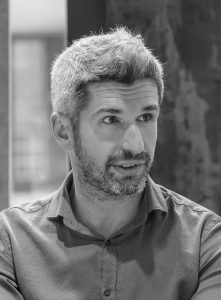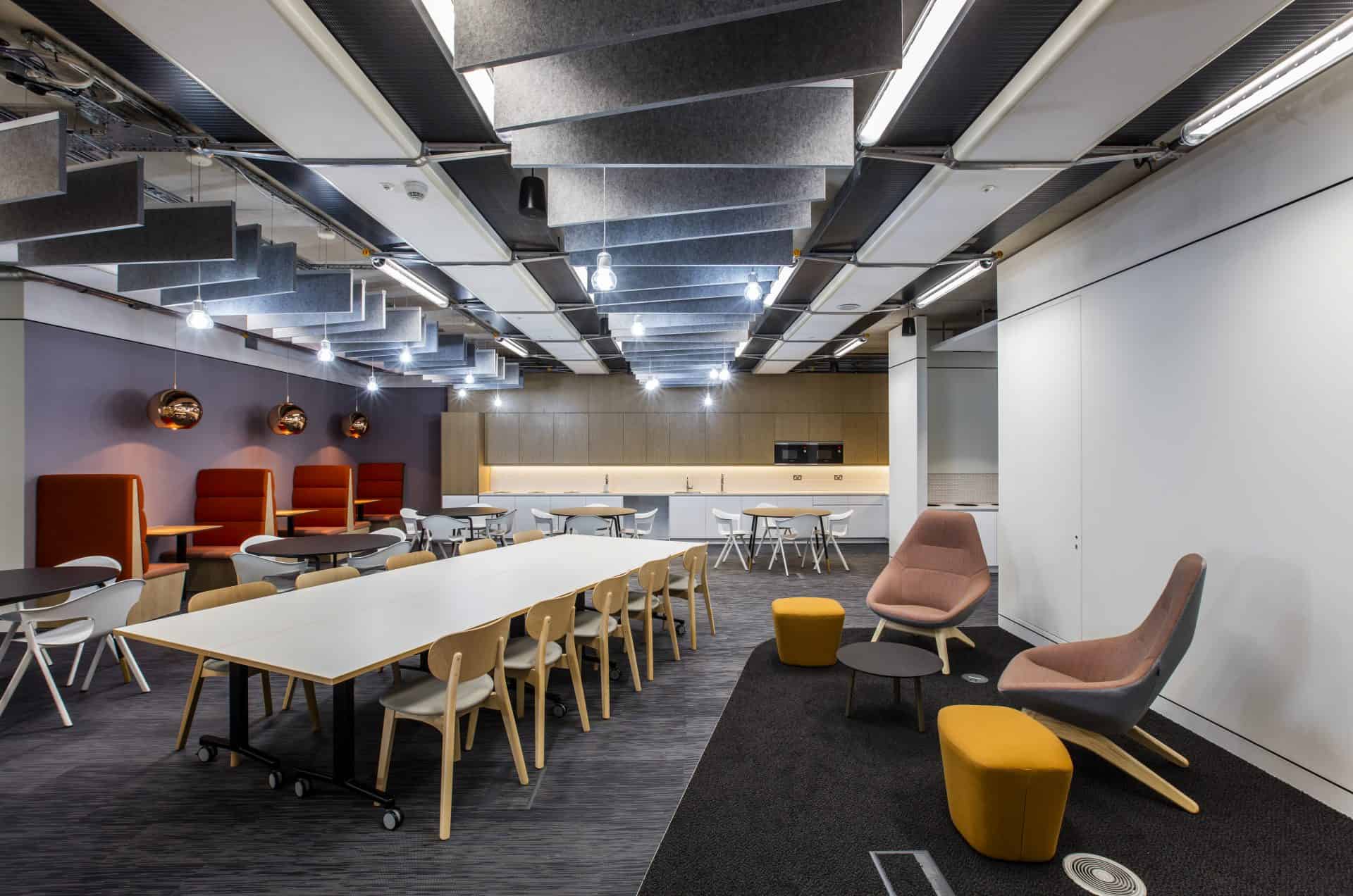Our head of interior design at Willmott Dixon Interiors considers how the pandemic will shape future office space
As strategies are considered by governments to start relaxing lockdown measures, companies are taking a long, hard look at post Covid-19 workplace design.
There have already been many studies, concepts and strategies to suggest what the optimal solution to the ‘return to the office’ needs to be and, as with each individual government’s initial reaction to the pandemic crisis, we find common themes (‘touchless’ technology, signage, cleaning strategies) and different detailed approaches (screens, re-planning of areas to maintain distancing, one-way circulation).
Whilst it is crucial that we try to make our workspaces achieve the right balance between safety and efficiency, we might be at risk of not seeing the wood for the trees. Designers are being inundated with catalogues of acrylic screens for desks, hand sanitiser dispensers and distancing signage, to the point where it feels a little like the toilet roll purchasing frenzy of a few weeks ago.
There’s pressure to get things up and running as soon as possible, to ‘return to normal’, but what’s normal about communicating with your colleagues through a plastic screen? Now, I’m not saying that in the short term these aren’t measures that it may be necessary to adopt. But perhaps we shouldn’t just be focusing on redesigning the office environment, and instead start with re-defining it.
At the beginning of the crisis, a clear head and a global, holistic perspective were our best tools and, going back to our offices, we should apply the same approaches. Yes, some of the recent studies are based on what countries where restrictions have been lifted for weeks, like China, are doing, but it is worth remembering that we’re not only trying to avoid contagion risks. For the last few years, companies were already looking into more flexible working, using videoconferencing to avoid unnecessary travel and working from home. In some ways the lockdown was a catalyst, a forced way to really test these new measures and analyse their impact on workforce efficiency.
Wellbeing was also gaining prominence in office design, and we already know this is intrinsically linked to staff absenteeism, physical and mental health. This has also been tested when some people had to work from their kitchen table, sofa or ironing board, with children and dogs spicing up conference calls. While it’s been harder to draw a line between work and private time, there has been an element of comfort that may have been good for productivity.
We’ve undergone an unprecedented global experiment of homeworking, so what will we do with the data we’ve collected? Many office workers have been able to work efficiently without an office so, on returning, it’s time to take a look at some of the fundamentals. Why do we need an office? What do we want from it? How can we make it safe, efficient, and relevant given the current communications technology available? Our recent experience of working from home can serve to help answer some of those questions and perhaps to accelerate some of the more forward-thinking design and behavioural measures that were already being discussed pre-pandemic.

Enrique Soler is head of design at Willmott Dixon Interiors. A RIBA architect, Enrique has international experience in retail, commercial, residential and mixed-use projects. Enrique applies a collaborative method to design, focusing on quality, innovation and attention to detail. Achieving the balance between creativity and technical feasibility is at the core of his approach.
